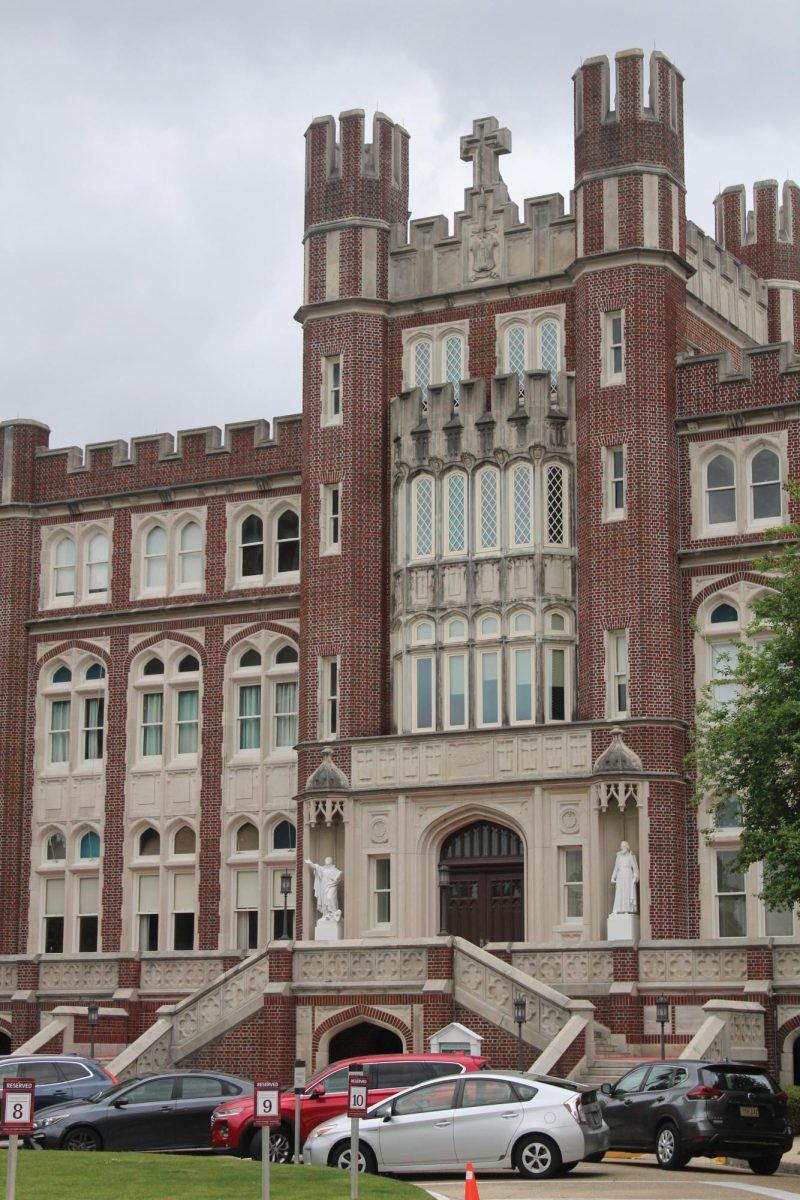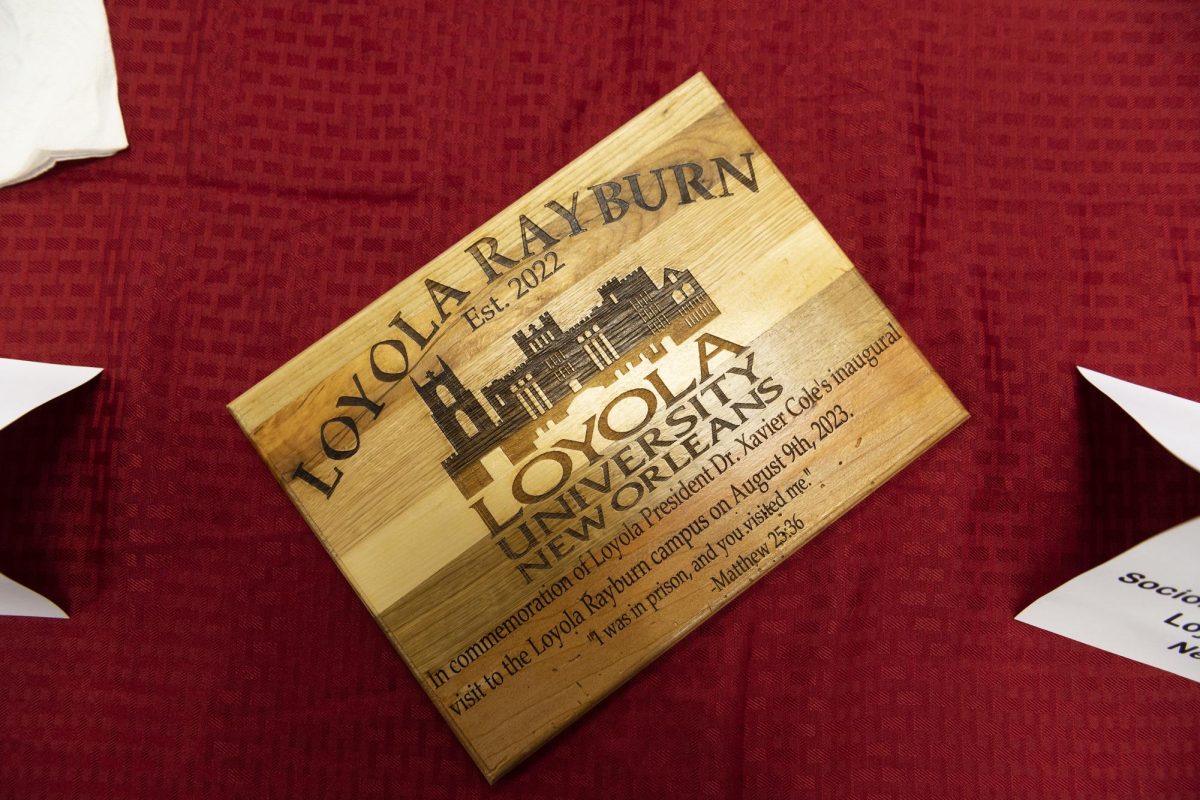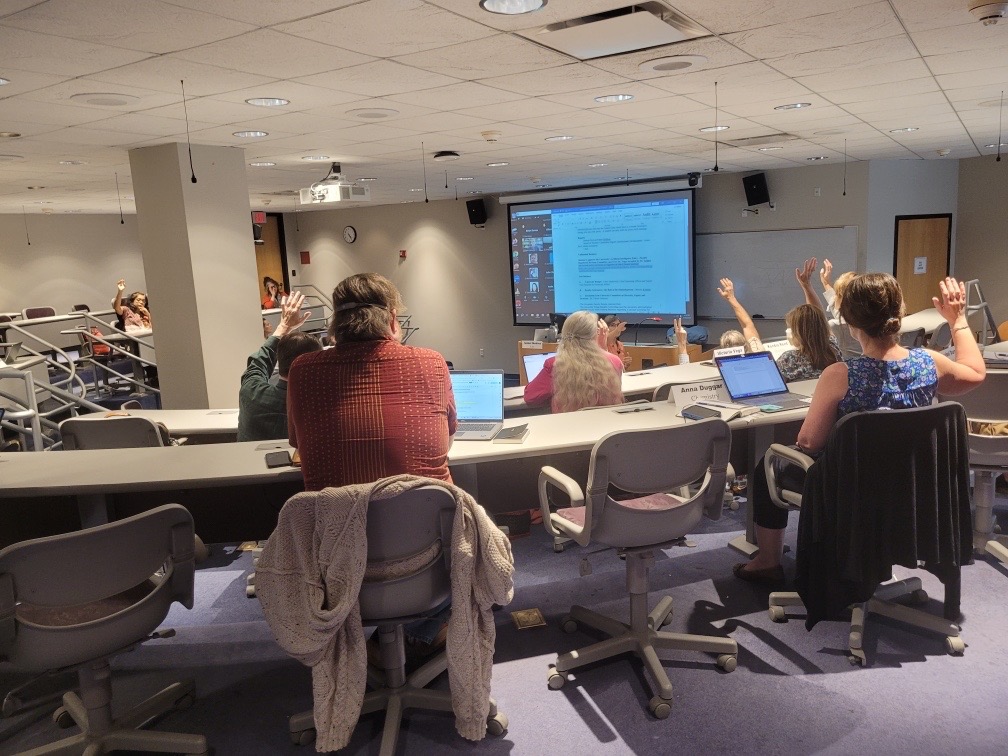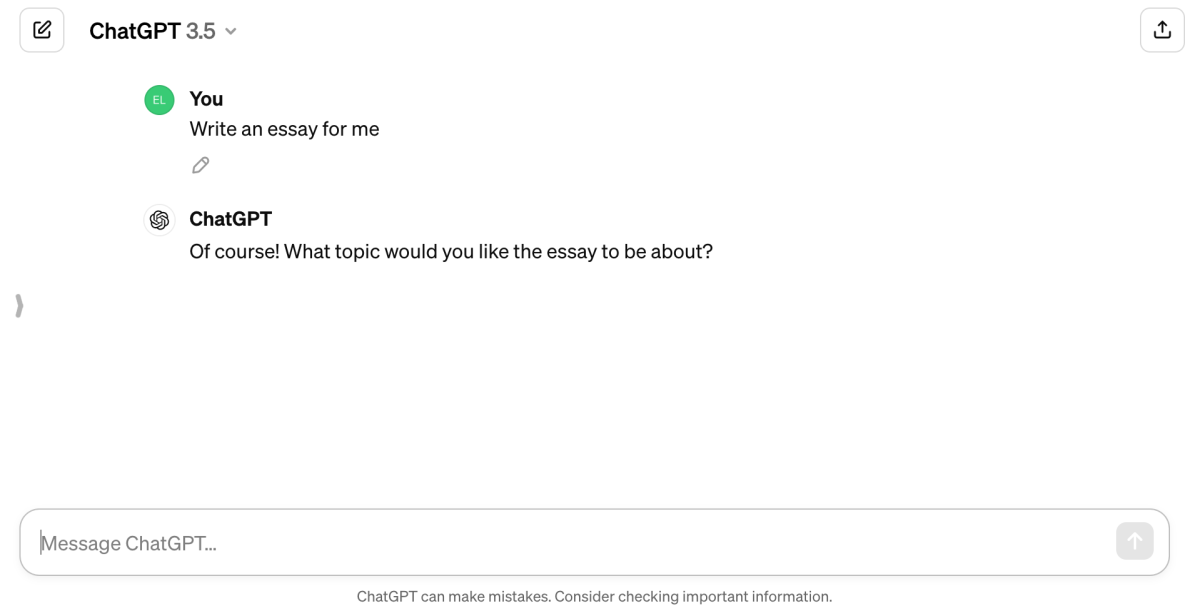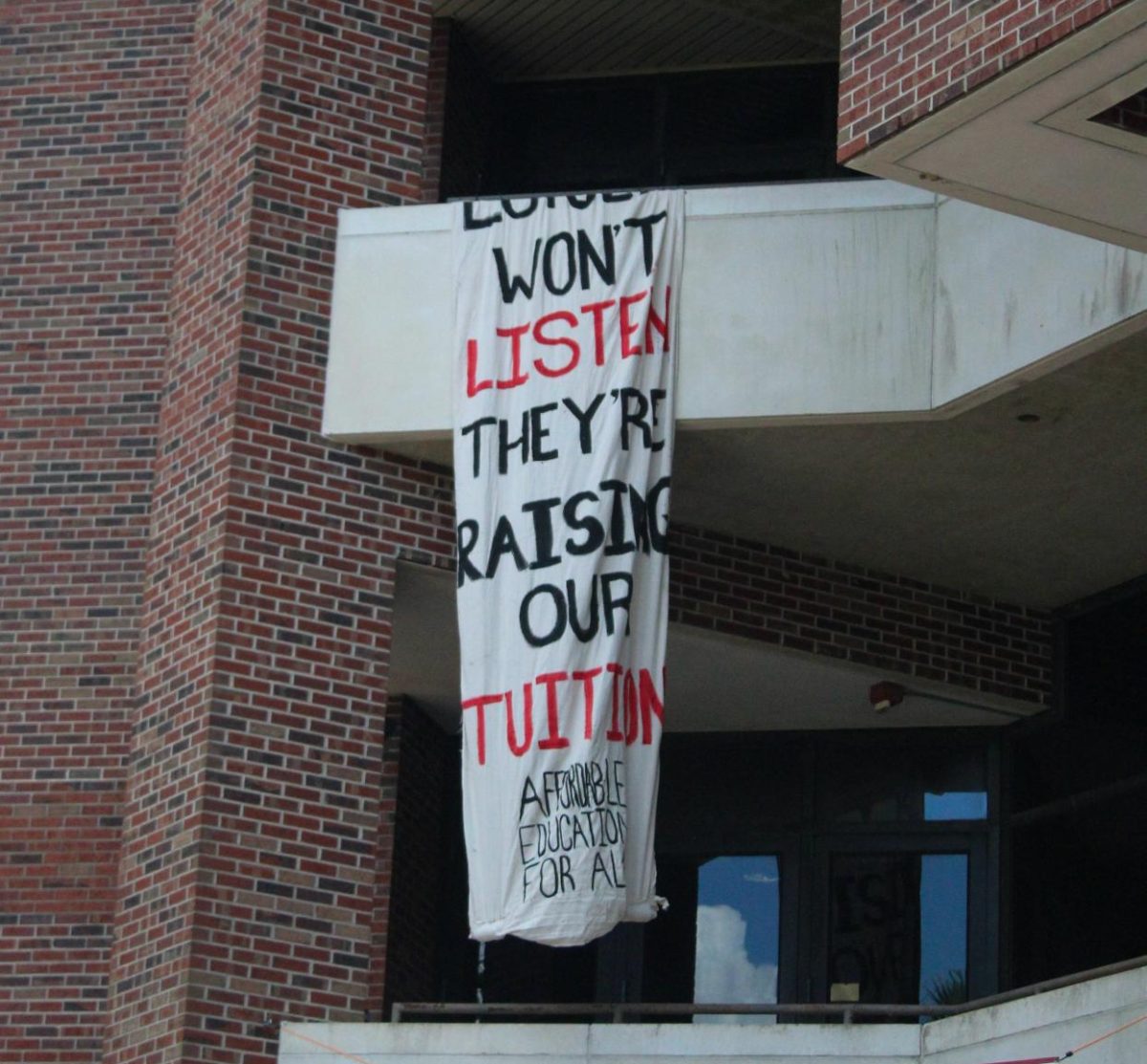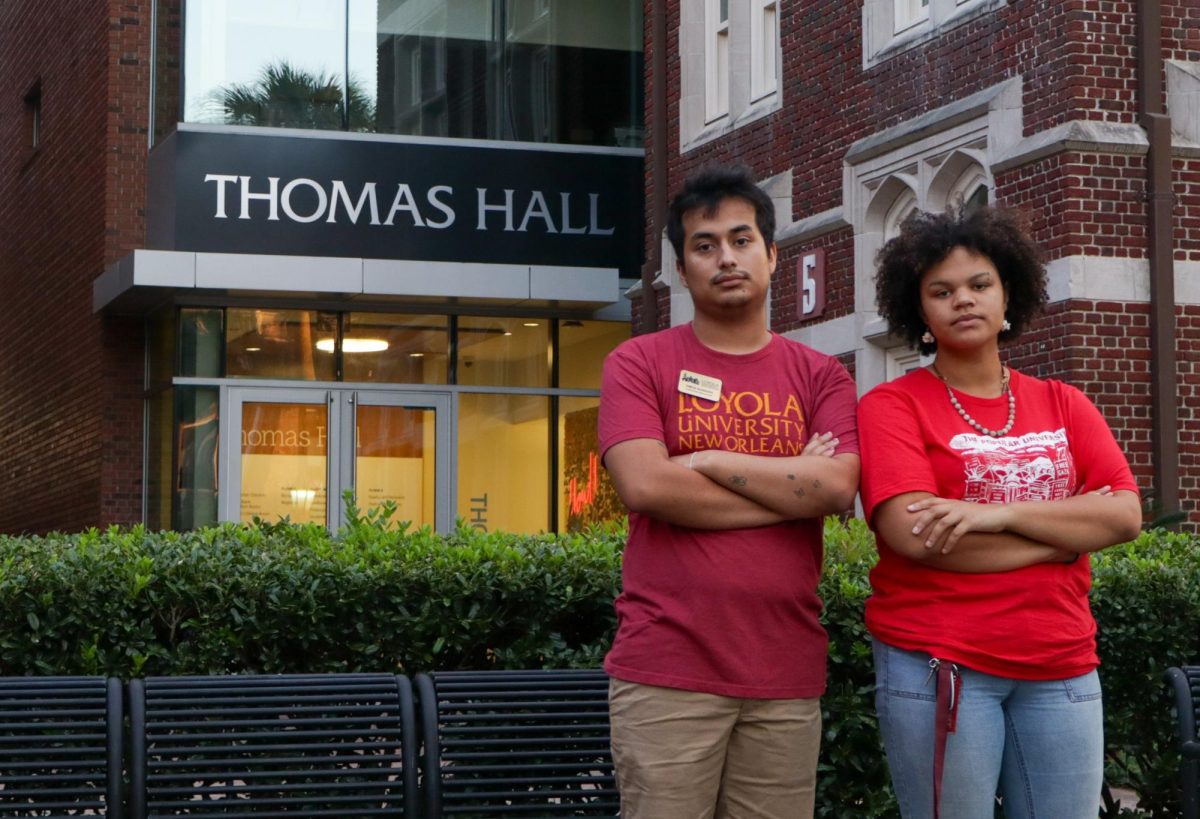Someone scrolling Loyola’s website might be interested in finding what centers and institutes Loyola offers. While scrolling, the Center for the Study of New Orleans may catch their eye. Or perhaps the Institute of Environmental Communication might look interesting.
But if they were to click on the link for either institute they would be directed to a dreaded “page not found” message.
That message, or worse – outdated information – is all too common for visitors of Loyola’s website.
Many students have had trouble with the university website regarding accuracy and functionality.
Mass communication freshman Curtis Starks said his experience with the website has been “so-so.” For him, some information was easy to get, but all too often, it’s out of date or just impossible to find.
The task of updating and maintaining the university website falls to several different areas of campus. At the top of the pyramid is the university’s web design team. They are responsible for keeping the website running and updating its code.
The Office of Marketing and Communication is responsible for the website’s look and usefulness, as well as many of the shared resources.
Maintaining information about individual programs falls to each individual department, who sometimes dedicate specific people to update their information. Other times it is just tacked on to someone’s already heavy workload.
Currently, there is only one web developer who works to maintain the university’s website – Eric Schmidt.
“This is not the first time I have been a webteam of one,” Schmidt said.
Schmidt clarified that his job is to deal with the code and databases that run Loyola’s public-facing websites, particularly those that deal with student recruitment; however, many members of the Loyola community have access to update and add content.
The Office of Marketing and Communications, or OMC, team only usually updates on a case-by-case and project-driven basis with the department’s main responsibilities being the architecture and functionality of the website, according to Hollie Garrison, the university creative director.
The lack of website maintenance by various departments has impacted students’ ability to find necessary course information.
Environmental science freshman Dex Nichols said their experience has been far from “so-so;” it’s been worse. According to them, finding anything they might need on the website is a struggle.
They said they would have to email multiple staff members to even find what was needed.
Even when they declared their minor in design, it took a while for them to find info to “have everything sorted,” as where to go was vague, and they had to search aimlessly for what they were looking for.
Nichols experienced difficulty finding the university bulletin, which is a resource that Starks said was unknown to him, and there were no ways of easily discovering that information.
The university’s interim Provost the Rev. Justin Daffron, S.J., who reviews and updates content on the institution’s website, said the university bulletin is an annual publication of Loyola University New Orleans that itemizes academic policies, academic program requirements, and a catalog of course descriptions. It is the official document defining what students must take to fulfill a degree.
Daffron said updates to academic regulations, policies, and procedures take place on an annual basis, and these items are for all students attending Loyola University.
According to Daffron, students find the bulletin by going to https://bulletin.loyno.edu/, and they should contact the department that owns the website, whose contact information can be found at the bottom of the page. He said otherwise students can report the issues to [email protected].
History senior Leila Jones had similar issues with locating requirements to complete her thesis.
Jones said when she went to the history department’s website, looking for information regarding her thesis, the website instructed students seeking information to reach out to the department chair David Moore – who Jones later found out has not been employed at Loyola for several years.
Jones added that she didn’t even know that each college had their own website until she started her social media internship with the English department.
As an intern, Jones was tasked with writing copy for the department’s web pages and updating outdated information; however, she did not have direct access to update the pages.
She said her supervisor at the time had her put the edits needed in a Google document to update the website, but her supervisor was not familiar with the system, which resulted in things not being updated.
“There’s all these things that need updating and that could be updated from within the department, but it just doesn’t get done because of other barriers and obstacles,” she said.
Jones said it’s complicated and inaccessible for people who are interested in updating website content but don’t actually have access to update it. There’s also the issues of those people with access not knowing how to update the information, she said.
About the university website, she said that the main issue is that there is too much clutter, and many things are outdated.
As for perusal of the website, Jones said, “There’s so much going on with Loyola’s website with so many apps and pages,” she continued. “I never actually use the tabs on the web because there’s just so much to parse through that I end up Google searching instead.”
For Schmidt, being the only web developer means he has to handle all of the user requests and backend development instead of focusing on updating the site code.
He also coordinates with the information technology department, which handles student data, financial systems, and provides the servers that host the sites.
Despite this, Schmidt believes he can still manage his job effectively.
“The webteam has always handled a large number of pages, somewhere in the neighborhood of 187,000+,” he said. “We rely on end users in departments to maintain their own content while we provide assistance as needed.”
The Marketing and Communications department is in the process of hiring another developer, which is being managed by Garrison, whose role is to manage the imagery and aesthetics of the university website.
However, with the departure of university spokesperson Rachel Hoormann, Garrison is acting as the interim lead of the marketing and communications office. She said, until a new vice president is selected and instated, she is also working as a liaison between senior management and the OMC team, ensuring that key leadership objectives are met.
Garrison maintains that having up-to-date content is the responsibility of the departments, colleges, and groups/clubs.
She said, “To deal with the current issues, OMC is working with IT and other relevant departments to update the backend tech that runs the Loyola site.”



